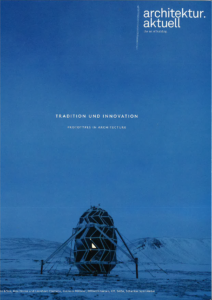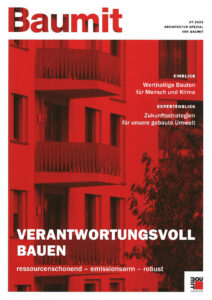Expert discussion on “Innovative and sustainable building materials” of the Green parliamentary group in the state parliament of Baden-Württemberg in Stuttgart
At the expert discussion on “Innovative and Sustainable Building Materials” of the Green parliamentary group in the state parliament, to which Gudula Achterberg, member of the Heilbronn state parliament and member of the working group and committee on state development and housing, had invited on 21st October, science and practice met and identified future tasks for building and housing.
The speakers from science and research as well as from construction practice were united by the realisation that the current crises and global interdependencies can also accelerate developments in construction.
Keynote speaker Professor Werner Sobek received the Order of Merit of the Federal Republic of Germany in May as a thought leader for the built environment of tomorrow. The multi-award-winning engineer and architect insists on honest balancing when it comes to innovative and sustainable building materials: when it comes to the consumption of resources, be it sand, gravel, fossil fuels or precious metals. One of the other speakers advocated, for example, the introduction of a building type E for “experimental” for lighthouse projects, for which simplified standards apply in order to facilitate innovation. Dr Anne Braune from the German Sustainable Building Council (DGNB) advocated the use of pure, sustainable building materials and suggested as a parameter for approval: My building should emit a certain amount of CO 2 per square metre per year. She advocated looking “in the package insert” for building materials and for service life-adapted construction.
Dr Nazanin Saeidi, a researcher at the KIT Sustainable Building Professorship, presented an example of innovative building materials. Based on fungi, the award-winning material NeWood is suitable as a substitute for pressboard or for insulation. It is made from 100 per cent organic waste and is recyclable.
The event showed many developments that can and must revolutionise the way we build in the future. Nevertheless, the familiar and the tried and tested can help to overcome upcoming challenges in the construction industry.
































